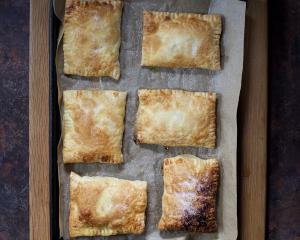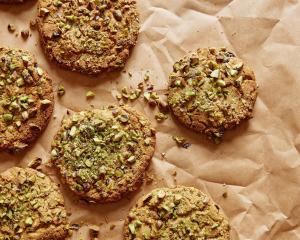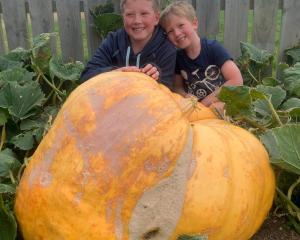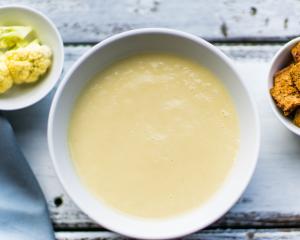Throughout Otago, people with a love of food and fresh produce are turning out amazing products. For some its just a hobby, for others it has turned into their livelihood. Rebecca Fox finds out their story.
Pablo Dennison never gets sick of cheese, as there is always another type to try.
The assistant cheese maker at Evansdale Cheese - a family business started by his father Colin in 1981 - helps produce 20 different types.
While he says he loves all cheese, he does admit to drawing the line at an Italian maggot cheese.
He does have a soft spot for a ''beautiful curd'' when it is transformed into an amazing pizza topping or, even better, a cheesecake.
Their cheeses were softer so each melted well in cooking, he said.
Evansdale classes itself
as an artisan gourmet cheese maker and much of its process done the old fashioned way - by hand.
''As we're a small business, you watch it from beginning to end. You are seeing every cheese.''
It used mostly cows' milk provided by Fonterra and what the cows fed on was the first influence on the taste of the finished product, he said.
''If it's grass, you get this rich creamy flavour and if it's grain, the milk is completely different.''
The basic process involves heating up the milk to kill the bugs, cooling it down and then adding starter, followed by an artificial rennet to set it.
It is then heated again, hotter for hard cheese to draw the moisture out, put in hoops, packed in and pressed - by water, not machine - overnight.
From there the process depended on the type of cheese being made. If it was a hard cheese, more whey was drained from it than for a soft cheese.
Then it was soaked in a brine solution and left for a few days to harden.
If it was destined to be a brie, white mould was placed on it before it was stored. For a blue, special cultures were put through it at the rennet stage and holes stabbed in it to create the veins.
The cheeses are then stored in a variety of refrigerators at particular temperatures for however long is needed, and turned by hand, sometimes daily.
At the factory's busiest, normally October and November, it makes 120kg a day.
Lemon curd tart
Ingredients
2 pottles of Evansdale Cheese curd
1 250g pack of cream cheese
Zest and juice of 2 lemons, or more if desired
Sugar to taste
2 eggs
1 heaped tablespoon of cornflour
Sweet pastry to form a base
Method
Blend together the above ingredients and pour into a sweet pastry base.
Cook in a moderate oven until the filling is set.
Serve with whipped cream.
• This recipe is provided by Lesley Dennison











